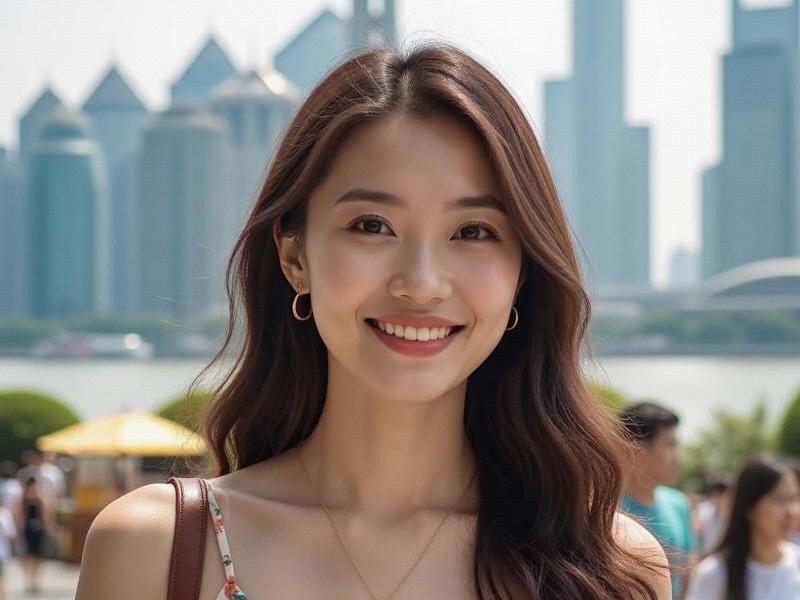An in-depth exploration of how Shanghai's women are reshaping traditional notions of Chinese femininity while creating a distinct metropolitan identity

The qipao-clad figures of 1930s Shanghai advertisements have given way to a new generation of women who blend East-West aesthetics with sharp professional ambitions. Today's Shanghainese woman might spend her morning in a tech startup incubator, her afternoon at a traditional tea ceremony, and her evening at a contemporary art gallery - all while effortlessly switching between Mandarin, English, and the local dialect.
Historical Foundations
Shanghai's unique feminine archetype emerged from:
1. The Treaty Port Era (1842-1949): Exposure to international influences
2. The "Modern Girl" phenomenon of 1920s-30s: Early career women and students
3. Socialist industrialization: Female factory workers as national icons
4. Reform Era (post-1978): Re-emergence of fashion and consumer culture
上海龙凤419官网 "Shanghai women have always negotiated between tradition and modernity," explains Fudan University cultural historian Professor Lin Wei. "Their style isn't just about appearance - it's a visual language of social navigation."
Contemporary Manifestations
Modern Shanghainese femininity expressed through:
- The "Steel Magnolia" phenomenon: Delicate appearance with strong business acumen
- Education levels: 68% of young women hold university degrees (vs. 52% nationally)
- Marriage trends: Average first marriage age now 30.2 (compared to 27.9 nationwide)
- Fashion hybrids: Designer qipaos worn with sneakers, tech accessories as jewelry
上海夜生活论坛
Economic Powerhouses
Women driving Shanghai's new economy:
1. Found 42% of the city's tech startups (global average: 20%)
2. Hold 38% of senior positions in Fortune 500 China HQs
3. Dominate the creative industries, comprising 61% of advertising executives
4. Lead in cross-border e-commerce, operating 73% of top-tier Taobao stores
上海龙凤阿拉后花园 Beauty as Cultural Expression
The Shanghai aesthetic philosophy:
- "Effortless chic" over overt glamour
- Skincare as investment rather than makeup as mask
- Fitness culture blending yoga with tai chi
- Sustainable fashion movements reclaiming traditional fabrics
As Shanghai positions itself as a 21st century global city, its women continue to redefine what it means to be simultaneously Chinese and cosmopolitan. Their evolving identity - at once rooted in local tradition and boldly international - offers a compelling case study in how urban femininity develops at the crossroads of culture and commerce.